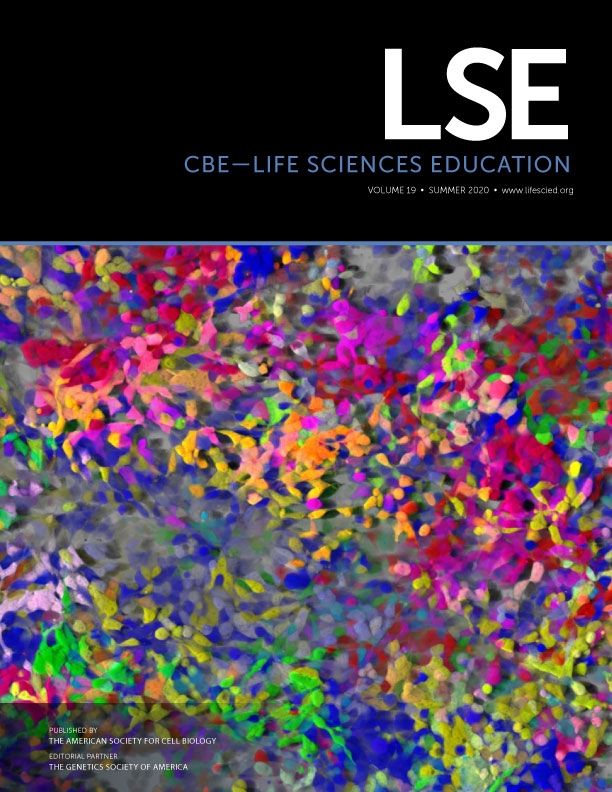Uncovering Factors Influencing Instructors’ Decision Process when Considering Implementation of a Course-Based Research Experience
Abstract
Course-based undergraduate research experiences (CUREs) are an effective way to expose large numbers of students to authentic research, yet most laboratory courses still use traditional “cookbook” methods. While barriers to using CUREs have been captured postimplementation, little is known about the decision mindset before implementation or what features of CURE design may mitigate perceived barriers. Perception of an innovation (such as a CURE) influences the likelihood of its adoption, and diffusion of innovations theory posits that the decision to adopt is largely influenced by five perceived features of an innovation: relative advantage, compatibility, complexity, observability, and trialability. We conducted interviews with instructors considering using the Prevalence of Antibiotic Resistance in the Environment (PARE) project to assess their perceptions of CUREs and motivations for using PARE. Instructors viewed CUREs as having relative advantages over traditional methods; however, CUREs were also viewed as complex, with instructors citing multiple barriers. Instructors were motivated to use PARE because of its potential scientific impact and compatibility with their courses’ structures and resources. Instructors perceived PARE to have few barriers to implementation compared with other CUREs. Designing CUREs that address common instructor barriers and drivers could increase the rate of diffusion of CUREs.



